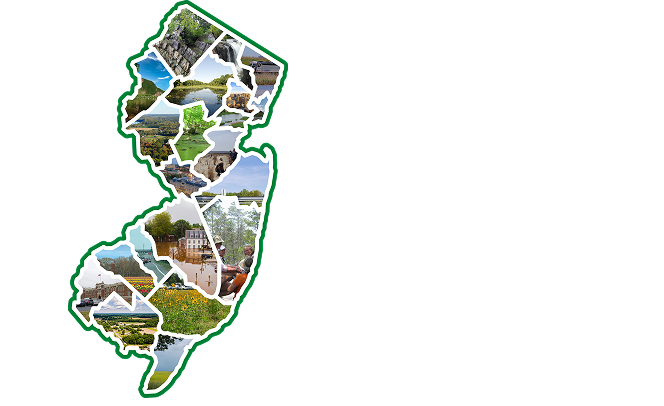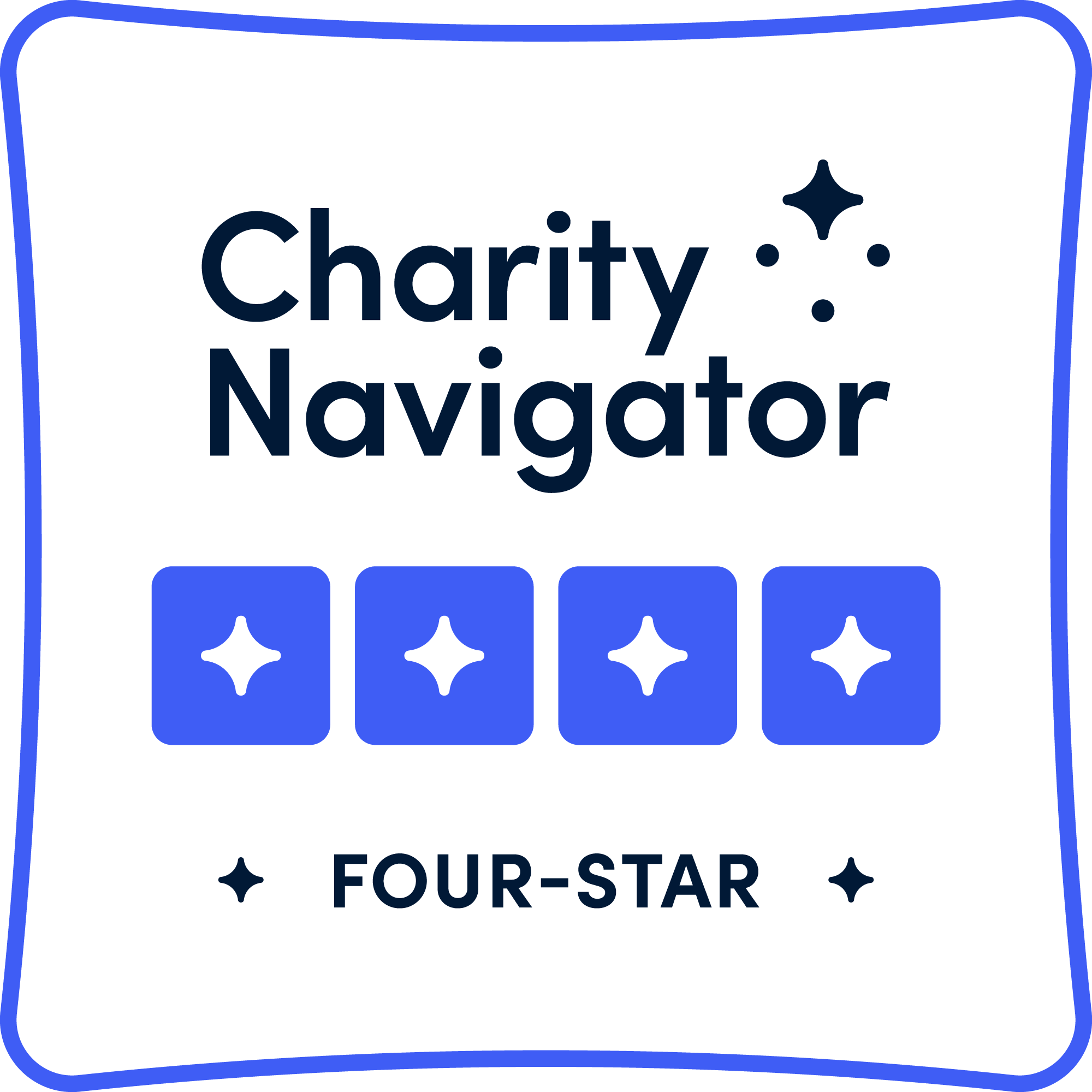In a world that increasingly needs connection and empathy, engaging in social-emotional learning (SEL lessons) is no longer just a choice; it's a resonating responsibility for us teachers. By taking a growth mindset approach and teaching students to understand and manage their emotions, communicate effectively, and build relationships, we are sculpting a generation to thrive in and out of the learning environment.
When it comes to climate change topics and experiences like the extreme weather events in the past year, our students can have big feelings that run deep. Creating a safe space in our classrooms for these feelings is a needed first step. We all have our go-to check-in activities to gauge the feelings of our students, from thumbs up or thumbs down emotional temperature checks, calm-down corners, and class meetings to red-green-yellow colors, emoji boards, and a word wall of feelings. For more specific or guided social-emotional learning activities, check out the following free resources to encourage your student to develop their social-emotional skills.



























